An astronaut is a crew member who has undergone training as part of a human spaceflight program and is qualified to take control of or serve aboard a spacecraft. The three prominent roles are the commander/pilot, mission specialist, and payload specialist within the United States space program. The objective, the team, and the vehicle all fall within the commander’s purview.
The pilot assists the commander in driving the vehicle and setting up satellites. Alongside the commander and pilots, the mission specialist is responsible for spacewalks, experiments, and other aspects of shuttle operations. That person carries out the mission-specific responsibilities of the payload expert. Not all of NASA’s payload experts are American citizens.
Education Requirement
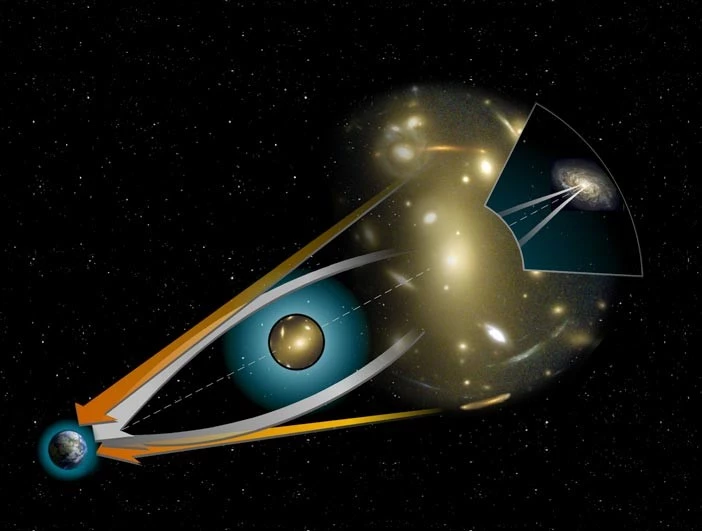
A bachelor’s degree in mathematics, the physical sciences, biology, or engineering is among the prerequisites for becoming an astronaut. After finishing a bachelor’s program, candidates are expected to work in their field for at least three years. Master’s degrees are equivalent to two years of experience, and PhDs to three.
Important Branches of Math
Use of Math
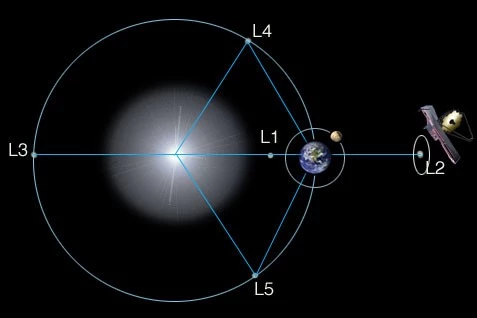
Everything from the spacecraft’s departure from Earth’s atmosphere to the astronauts’ control of the ship requires exact mathematical calculations, which astronauts utilize math to make. When designing spacecraft, engineers and designers rely on the mathematics to ensure the ships’ and their crews’ safety across long distances and high velocities.
All the arithmetic behind human flights into space, from the spaceship’s launch to the pilots’ exact maneuvers, is very accurate. When designing spacecraft, engineers and designers rely on the mathematics to ensure the ships’ and their crews’ safety across long distances and high velocities.
Pilot astronauts must be between 64 and 76 inches tall, while mission and payload experts have a slightly lower requirement of 58.5 to 76 inches. To pass the mandatory physical test, an astronaut candidate must have 20/20 vision and a blood pressure reading of no more than 140 over 90.
Fuel Calculations
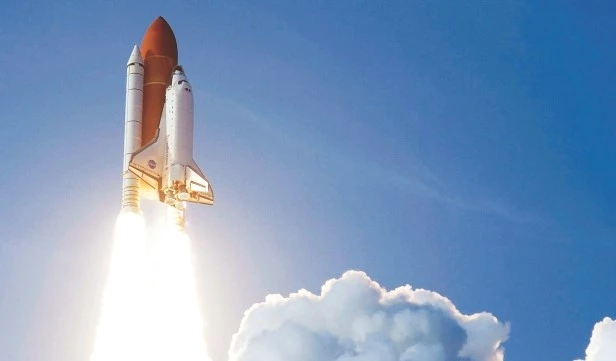
Don’t you find it incredible that scientists have figured out exactly how much fuel the space shuttle will need to get there? Technicians estimate that the two Solid Rocket Boosters will need 11,000 pounds of energy per second during takeoff.
However, specific impulse is one of the best ways to evaluate a rocket’s effectiveness. The specific impulse (Isp) is the maximum weight that may be lifted by a particular fuel system for each pound of fuel burned per second. These numbers are plugged into equations to ensure sufficient power is stored for the spaceship and its upcoming journey.
Calculus
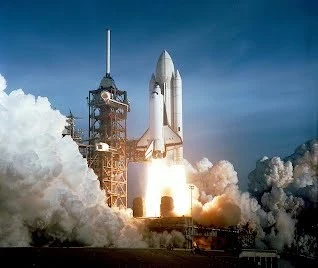
The field of mathematics known as calculus helps analyze the dynamics of a system whose variables are connected by a function. In aerospace engineering, calculus is used for everything from designing rocket nozzles (heat distribution and fuel flow) to calculating launch, cruise, and return trajectories to creating instruments, tools, modules, and space suits. Astronauts, spaceships, and space missions rely on calculus to ensure their safety and success.
Coordinate System
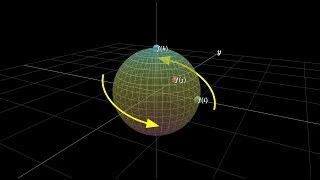
GPS navigation systems in the automobile or a smartphone are commonplace. Using your current location’s latitude and longitude coordinates, a global positioning system (GPS) may provide you with precise driving instructions.
Unfortunately, using GPS in outer space isn’t as easy as it seems. Instead, the GPS can pinpoint a spacecraft’s location in three spatial dimensions through its X, Y, and Z coordinates. Accurately determining one’s direction of travel, destination, and optimal route needs mathematics.
Measuring Distance
How exactly does one determine the distance that separates certain planets, stars, and other objects in space? For researchers on Earth to determine how far a galactic body is from them, they emit radio waves in that direction.
After determining the amount of time required to reach the destination and the speed at which the radio waves travel, students can choose the distance using mathematical formulae.
Route Calculations
Mathematics is an essential component in the process of space travel. It provides a method for predicting what should occur in the future and measuring what is happening in the present so that we can adjust to it.
When designing spacecraft capable of traveling across space, engineers rely on mathematics to determine factors such as distance, speed, velocity, and safety. Mathematics is the instruction handbook, guide, and road map for the most efficient passage across space.
Relationship between Math and Space
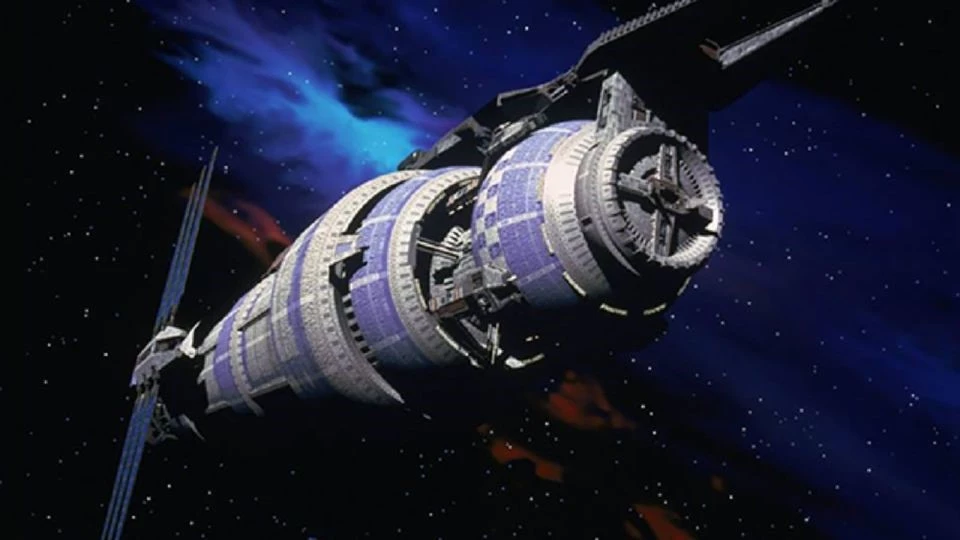
You’ve probably gazed up into the night sky at some point and either attempted to count the stars or fantasized about becoming an astronaut. The first human mission to space was undertaken in 1961, and eight years later, in 1969, man made history by walking on the moon. The thought of people landing on Mars is a viable objective in our lifetime. As we now explore the furthest limits of our solar system, applying mathematics has been vital to all these outstanding achievements.
Mathematical knowledge is utilized by rocket engineers, astrophysicists, and astronauts in various fields, including but not limited to understanding the size and mass of planets, their gravitational forces, and how to use acceleration and deceleration for rockets to explore space.
Math is involved in every single part of space flight. It is standard for astronauts to measure their height while aboard spacecraft to analyze the effects of zero gravity, which causes their spines to lengthen and become more flexible. As a result, when they are in space, they seem to be much taller. That is very awesome to hear.
Around 100 kilometers above the surface of the Earth is where one enters space. This is the altitude at which the shell of the Earth’s atmosphere surrounding our planet becomes so thin that nothing can fly. When astronauts go beyond the atmosphere of Earth, they reach a realm that is entirely devoid of light, has no atmosphere, is weightless, experiences temperatures as low as -270 degrees Celsius, and is nothing but the tranquil emptiness of boundless space.
The only system that may legitimately be referred to as a “solar system” is our planetary system. However, scientists have detected more than 3,000 more stars in our galaxy with planets circling them and that’s just what they’ve found. There are eight piles of Earth in our solar system, and they all orbit around the sun. These planets span a wide range of temperatures, each uniquely sized.
Uranus has the lowest average temperature of all the planets in our solar system, which is -224 degrees Celsius. On the other hand, Venus has a surface temperature of 475 degrees Celsius, making it the hottest planet. Because of its intense heat, Venus is not a suitable planet for human habitation. Measuring and comprehending the planets’ temperatures contributes to our information about the solar system and our anticipation of the potential habitats of living things.
Another application of mathematics that has found its way into space exploration is the study of planetary dimensions and masses.
Trigonometry, a standard mathematical method, is especially helpful for calculating the distances between planets, stars, and galaxies, measured in millions and millions of miles. Space travel involves enormous distances, and trigonometry is one of the most helpful mathematical methods. These distances are so great that the term “distance” is often expressed in terms of light years.
That’s no Buzz Lightyear at all! A light year is the distance light can travel in one year. Considering that light is the object that travels at the fastest known speed, this indicates that a light year is a considerable distance.
Launching a rocket into orbit and successfully re-entering a spacecraft into our home planet’s atmosphere to bring our courageous astronauts back to Earth is an essential part of space travel. Calculus is a typical mathematical tool used in these kinds of situations by engineers to determine how quickly the rocket has to accelerate to escape the pull of the Earth’s gravity and launch into space.
The term “acceleration” refers to the process through which rockets gain speed after liftoff. The moment just before takeoff is when the acceleration is at its peak. To be able to enter space, a rocket launched from the Earth’s surface must first achieve a high velocity to allow it to break free of the pull of the planet’s gravity.
This speed, known as the orbital velocity, is 7.9 kilometers per second, equivalent to 28,000 kilometers per hour. This speed is equal to more than 20 times the speed of sound. Once in orbit, the Earth’s gravitational pull ensures that the spacecraft maintains a consistent distance from the planet despite the power of the rocket’s acceleration away from the Earth during launch.
Whatever rises must eventually fall! When it is finally time for our brave astronauts to return to Earth, they will have to slow their spacecraft down, which is the opposite of what they did before takeoff. They have to reduce their speed so that Earth’s gravity can overpower the spacecraft’s speed and bring it back to Earth in a secure manner.
Therefore, the spacecraft will decrease its speed from roughly 28,000 kilometers per hour, orbital velocity, to 20,000 kilometers per hour, which is still relatively fast. Math is literally in everything! It applies everywhere, from Earth to the farthest reaches of the galaxy. You make use of it daily, just as astronauts do.
Exploration of space has only just gotten underway. There are infinite ways things may go, and mathematics assists. It goes on and on till infinity and beyond.
